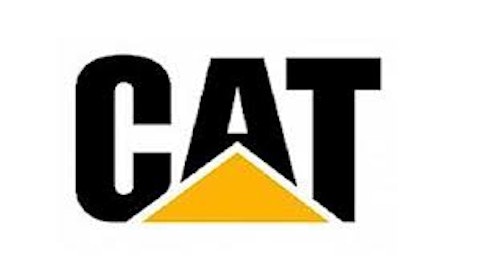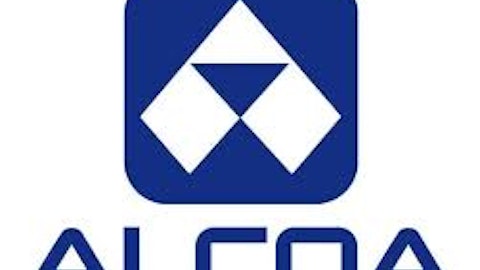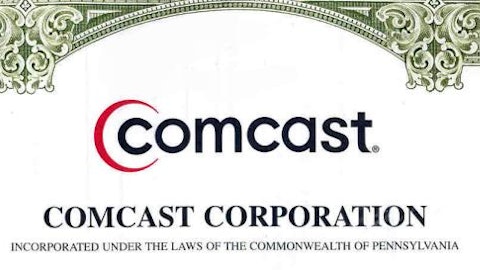However, as you’re well aware, the Nikkei’s post-1989 performance has been nothing short of abysmal. The Dow finally reclaimed higher ground in 2002 after the Nikkei bubble popped in 1989 and the Japanese index went on to lose 11% of its value per year for just over 12 years running. In the two decades following its peak, the Nikkei lost 6.3% per year. The only comparable period in Dow history occurred after the Roaring ’20s — in the two decades following its 1929 peak, the Dow lost a comparatively tame 3.7% per year.
The birth of television
Technical wunderkind Philo T. Farnsworth demonstrated the first working modern television apparatus on Sept. 7, 1927. Farnsworth was then 21 and a fairly recent graduate of Brigham Young High School. That high school now proudly claims Farnsworth as its greatest alumnus and has provided the following background for Farnsworth’s first demonstration:
In 1926 Philo and [his wife] Pem Farnsworth went to California and built a lab in several rooms of a second-story rental space in San Francisco, at the base of Telegraph Hill.
On September 7, 1927, Farnsworth, George Everson, and other staff members [of Farnsworth’s research partnership] sat in a room as Farnsworth slowly turned on the controls of his laboratory apparatus. Cliff Gardner, in another room, placed the smoked glass slide inscribed with a single line,into the projector. Cliff directed it toward the camera tube, then rotated it.
Back in the viewing room, an unmistakable line appeared across a small bluish square of light on the end of a vacuum tube. Although fuzzy at first, it became distinct with adjustment. Through the visual static, everyone could see the black line, then watched as it was rotated in the next room. It was a line, not a triangle, as is sometimes reported. This was the first “information” transmitted by electronic television.
“There you are,” Farnsworth is reported to have said, “electronic television.”
The lab journal entry was more prosaic: “The received line picture was evident this time.”
Three years later, Farnsworth received a patent for his groundbreaking invention, and his legacy as the creator of television was secured for all time.
Are you ready for some football … and baseball, and basketball, and …
ESPN, the Entertainment and Sports Programming Network, began broadcasting on Sept. 7, 1979, exactly 52 years after Philo Farnsworth first created a visual medium for sports fans. Its first broadcast, SportsCenter, was a modest beginning for what would become the most recognized brand in American sports reporting. After brief introductions, the announcers reviewed half an hour of highlights capped off with an announcement of Chris Evert’s U.S. Open victory.
The network had been founded a year earlier by Bill Rasmussen. It had originally been devised as a way to broadcast regional sporting events, but the growing popularity of satellite broadcasting persuaded Rasmussen and his partners to shift gears to become the first satellite sports network. ESPN got a major boost from the 1979 NCAA basketball tournament, as there was no dedicated sports network available at the time, and many cable subscribers called their providers to request a channel with “all the basketball.”





